





Craft commerce to Oscommerce
Migrating your store from Craft commerce to Oscommerce might seem daunting, but with proper planning and the right tools, it's a smooth process. Follow this step-by-step guide to ensure a successful transition.
Schedule a call
Step-by-Step Migration Guide: Craft Commerce to osCommerce migration guide
Step 1: Pre-Migration Preparation
Before initiating the migration from Craft Commerce to osCommerce, we must conduct thorough preparations including data audits, backups, and planning for the transition.
Step 2: Setting up the osCommerce Environment
Setting up the osCommerce environment requires careful configuration and preparation to ensure it is ready to receive data from Craft Commerce.
Step 3: Data Mapping and Integration Planning
Mapping the structure of data from Craft Commerce to osCommerce is crucial to ensure each data type is correctly integrated into the new platform.
Step 4: Executing the Data Migration
The data migration step involves transferring the mapped data from Craft Commerce to osCommerce through a structured process.
Step 5: Testing the Migration
After migrating the data, rigorous testing is essential to ensure that everything functions correctly in the osCommerce environment.
Step 6: SEO and URL Redirection
Implementing SEO best practices and URL redirection strategies is crucial to maintain search rankings post-migration.
Step 7: Launching the osCommerce Store
Once testing is complete and the SEO strategies are in place, we can officially launch the osCommerce store.
Power Your Step - Get in Touch
Contact PowerCommerce today to leverage our expertise in ecommerce migrations and ensure a smooth transition to osCommerce.
Step 1: Pre-Migration Preparation
In this initial step, we focus on laying the groundwork for a successful migration from Craft Commerce to osCommerce. Proper pre-migration preparation is crucial to ensure a seamless transition and to mitigate potential issues that may arise during the migration process. This involves a comprehensive audit of the existing data on your Craft Commerce platform, which includes examining products, categories, customer information, orders, and any custom attributes or settings that you have in place.
We begin by backing up all data to safeguard against any unforeseen complications during the migration. This backup should include not only the product data but also customer records, order histories, and configuration settings. Additionally, we will need to identify which data is relevant for the migration and which can be archived or discarded. This is essential in preventing the transfer of obsolete information that could clutter the new osCommerce environment.
- Audit Existing Data: Review all current data including products, categories, orders, and customer information.
- Backup Data: Create a secure backup of all essential data including databases and media files.
- Identify Relevant Data: Determine which data needs to be migrated and which data is outdated or unnecessary.
- Select Migration Timing: Choose a period for migration that minimizes disruption to your business operations.
By carefully preparing in this manner, we set the stage for the remaining migration steps, ensuring that data integrity and system compatibility are maintained throughout the process.
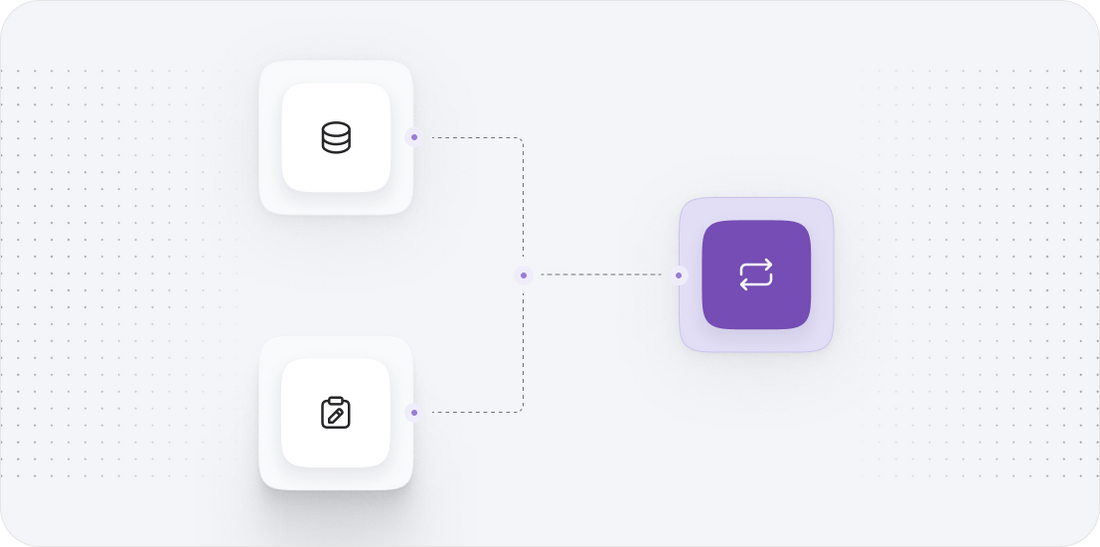
Step 2: Setting up the osCommerce Environment
With our data backed up and assessed, we now focus on establishing the osCommerce environment. This entails installing osCommerce on a suitable hosting server and configuring it to meet the specifications required for your business. Proper setup is imperative to ensure that the new platform can efficiently handle the migrated data.
We will begin by selecting a hosting provider that offers optimal performance for osCommerce, taking into consideration factors such as server speed, security features, and scalability options. Once the hosting is secured, we proceed with the installation of osCommerce.
- Choose a Hosting Provider: Select a hosting provider that supports osCommerce and meets your performance requirements.
- Install osCommerce: Follow the installation instructions provided by the hosting service to set up osCommerce on your server.
- Configure Settings: Access the osCommerce admin panel to configure basic settings including currency, tax rates, and shipping options.
- Install Essential Plugins: Identify and install any necessary plugins that will enhance the functionality of your osCommerce store (e.g., payment gateways, shipping modules).
Setting up osCommerce correctly is a critical step that ensures the platform is fully prepared to receive the migrated data from Craft Commerce without issues.
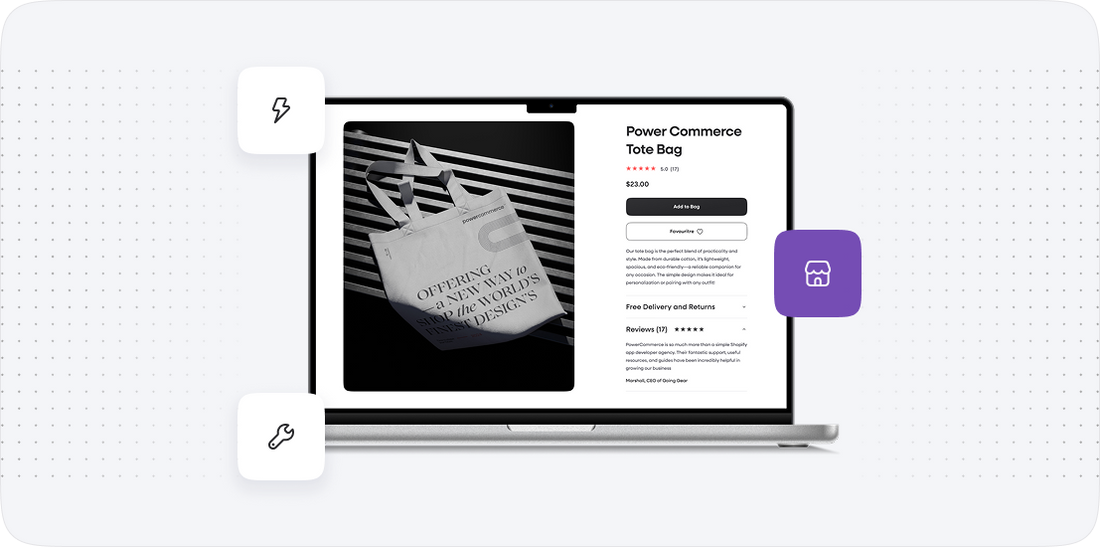
Step 3: Data Mapping and Integration Planning
In this step, we will focus on data mapping, which is the process of aligning the existing data structures from Craft Commerce with those in osCommerce. This is a vital phase that ensures all necessary data is transferred correctly and is compatible with the new system.
We will create a comprehensive mapping document that outlines how each data type in Craft Commerce corresponds to those in osCommerce. This includes product details, customer information, order histories, and any custom fields that may exist. Understanding the structure of both platforms will help us avoid data loss or misalignment during the migration.
- Identify Data Types: Determine the key data types to be migrated, including products, categories, customers, and orders.
- Create a Mapping Document: Develop a detailed document that maps Craft Commerce data fields to corresponding osCommerce fields.
- Plan for Custom Attributes: Identify any custom attributes or settings in Craft Commerce that need a plan for integration into osCommerce.
- Consider SEO Implications: Account for how URLs, meta tags, and other SEO elements will transition to ensure continuity in search rankings.
This meticulous planning will facilitate a smooth migration process, ensuring that all data is accurately transferred and functional in the new environment.
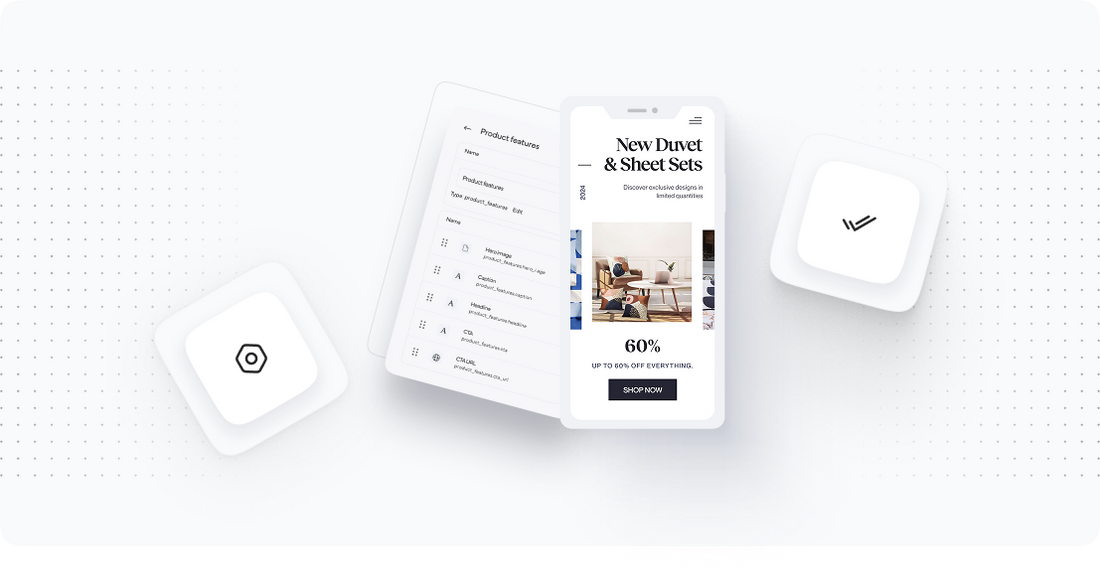
Step 4: Executing the Data Migration
Now that we have prepared both the Craft Commerce data and the osCommerce environment through thorough mapping and planning, we can proceed to execute the actual data migration. This step is pivotal as it involves transferring data from one platform to another while ensuring data integrity and accuracy.
We will utilize migration tools or scripts that facilitate this process, depending on the complexity of the data and our specific requirements. For larger datasets, automated solutions can be more effective in handling bulk transfers while minimizing human error.
- Utilize Migration Tools: Choose appropriate migration tools or scripts that can automate the transfer process, reducing manual input errors.
- Execute Data Transfer: Begin the data transfer process according to the mappings established earlier, carefully monitoring the migration for any errors.
- Verify Data Integrity: Once the migration is complete, conduct checks to ensure that all data has been accurately transferred and is functioning as expected within the osCommerce environment.
- Address Any Issues: Resolve any discrepancies or errors that may arise during the migration process, ensuring that the data is clean and accurate.
This execution phase is critical to the success of the migration, as it directly impacts the usability of the new osCommerce store.
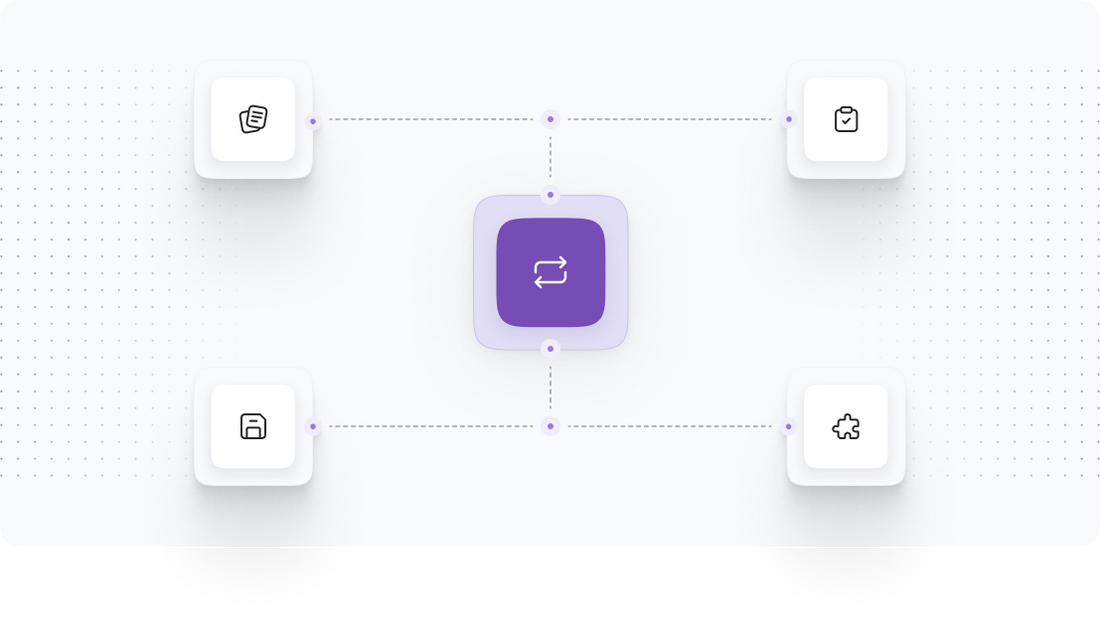
Step 5: Testing the Migration
Following the successful migration of data, we enter the testing phase. This step is essential to confirm that all migrated data operates smoothly within the osCommerce platform and that the overall functionality meets business requirements.
We will conduct a series of tests that cover various aspects of the osCommerce store, including product displays, customer accounts, order processing, and payment gateways. This comprehensive testing will help us identify and address any potential issues before the store goes live.
- Test Product Functionality: Verify that all products are displaying correctly, including images, descriptions, and pricing.
- Check Customer Accounts: Ensure that customer accounts are accessible and that all relevant data has been accurately transferred.
- Run Order Processing Tests: Simulate order processing to confirm that checkout flows, payment gateways, and order confirmations work seamlessly.
- Assess Website Performance: Monitor site speed and functionality under varying traffic loads to ensure optimal performance.
Testing is a crucial step that helps ensure a smooth transition to osCommerce, allowing us to fix any issues before the official launch.
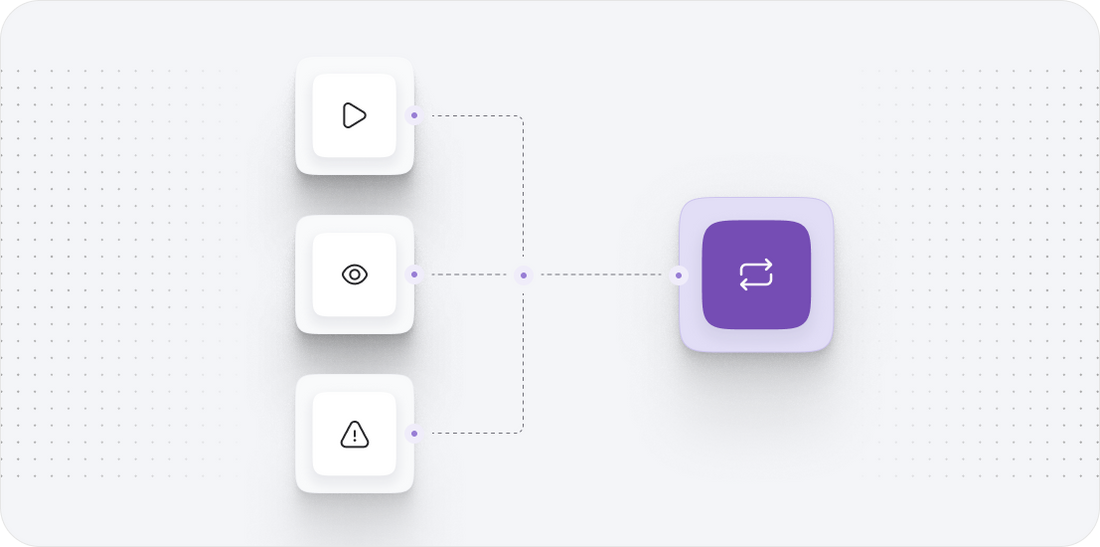
Step 6: SEO and URL Redirection
Maintaining search engine optimization (SEO) during the migration is vital for preserving your online visibility. As we transition from Craft Commerce to osCommerce, we must implement strategies that ensure existing URLs are redirected properly and that SEO elements remain intact.
We will create a URL redirection plan that maps old URLs from Craft Commerce to the new URLs established in osCommerce. This is essential to prevent broken links and to maintain any existing search engine rankings.
- Map Out URLs: Document all old URLs and their corresponding new URLs in osCommerce.
- Implement 301 Redirects: Set up 301 redirects to guide search engine bots and users from the old URLs to the new ones.
- Update SEO Metadata: Review and update all SEO metadata, including title tags and meta descriptions, to optimize for search engines.
- Test Redirects: Conduct tests to ensure all redirects are functioning correctly and that there are no broken links.
Effective SEO management during this phase is crucial for maintaining traffic and ensuring a successful transition to osCommerce.
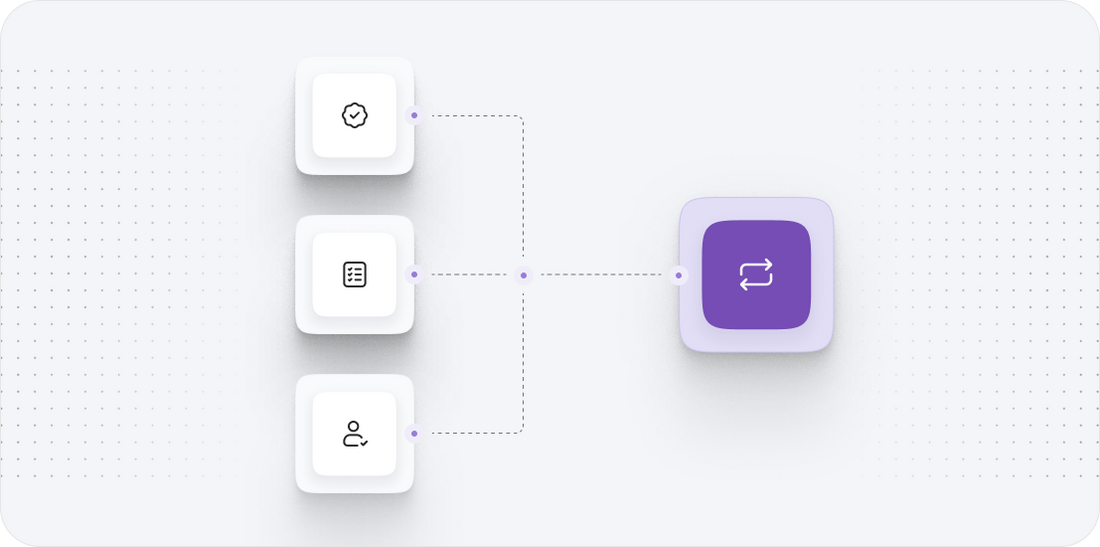
Step 7: Launching the osCommerce Store
With the migration thoroughly tested and optimized for SEO, we are now ready to launch your osCommerce store. This step involves final preparations to ensure that the store is fully operational and that customers can smoothly navigate the new platform.
Before the official launch, we will conduct a final review of all functionalities, ensuring that everything is in order. This includes double-checking payment processing, shipping configurations, and customer service readiness.
- Final Review: Conduct a comprehensive review of the site, checking all functionalities and ensuring everything is operating as intended.
- Prepare Customer Communication: Inform existing customers of the migration and any new features they can expect, ensuring transparency during the transition.
- Launch the Store: Officially make the osCommerce store live!
- Monitor Post-Launch: After launch, closely monitor website performance and customer feedback to address any issues quickly.
Launching the osCommerce store is an exciting milestone, marking the culmination of our migration efforts and the beginning of a new chapter for your online business.
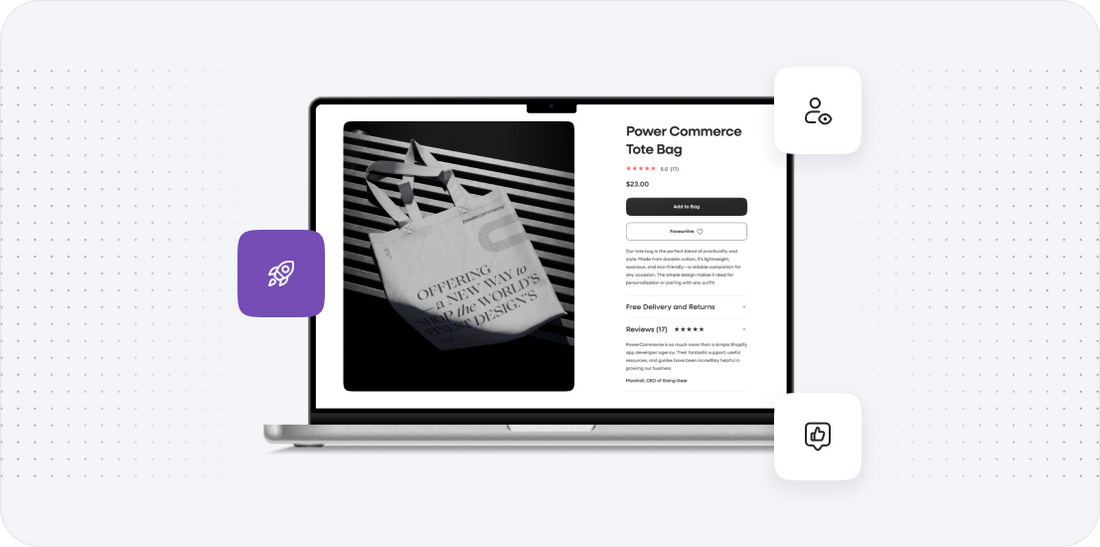
Power Your Step - Get in Touch
Are you ready to take your ecommerce business to the next level? At PowerCommerce, we specialize in seamless migrations from Craft Commerce to osCommerce, ensuring that your transition is smooth and efficient. Our dedicated team is here to support you every step of the way, from planning and execution to post-launch optimization.
Don't wait any longer! Contact us today to discuss your migration needs and discover how our expert services can help you achieve your ecommerce goals. You can reach us at:
- Visit our contact page: https://powercommerce.com/contact
- Call us at: 800-099-9090
- Email us at: info@powercommerce.com
At PowerCommerce, we are committed to innovation, scalability, and customer-centric solutions that drive your business forward. Let's work together to power your ecommerce success!
Stay aligned on what's happening in the commerce world
Trusted by 1000+ innovative companies worldwide
Schedule Your Migration Today
For businesses prioritizing simplicity, scalability, and robust support, Shopify is the clear winner.
Looking to migrate without hassle? Power Commerce can handle the entire process, ensuring smooth data transfer, store setup, and post-launch success.
Marka Marulića 2, Sarajevo, 71000 BiH
00387 60 345 5801
info@powercommerce.com


